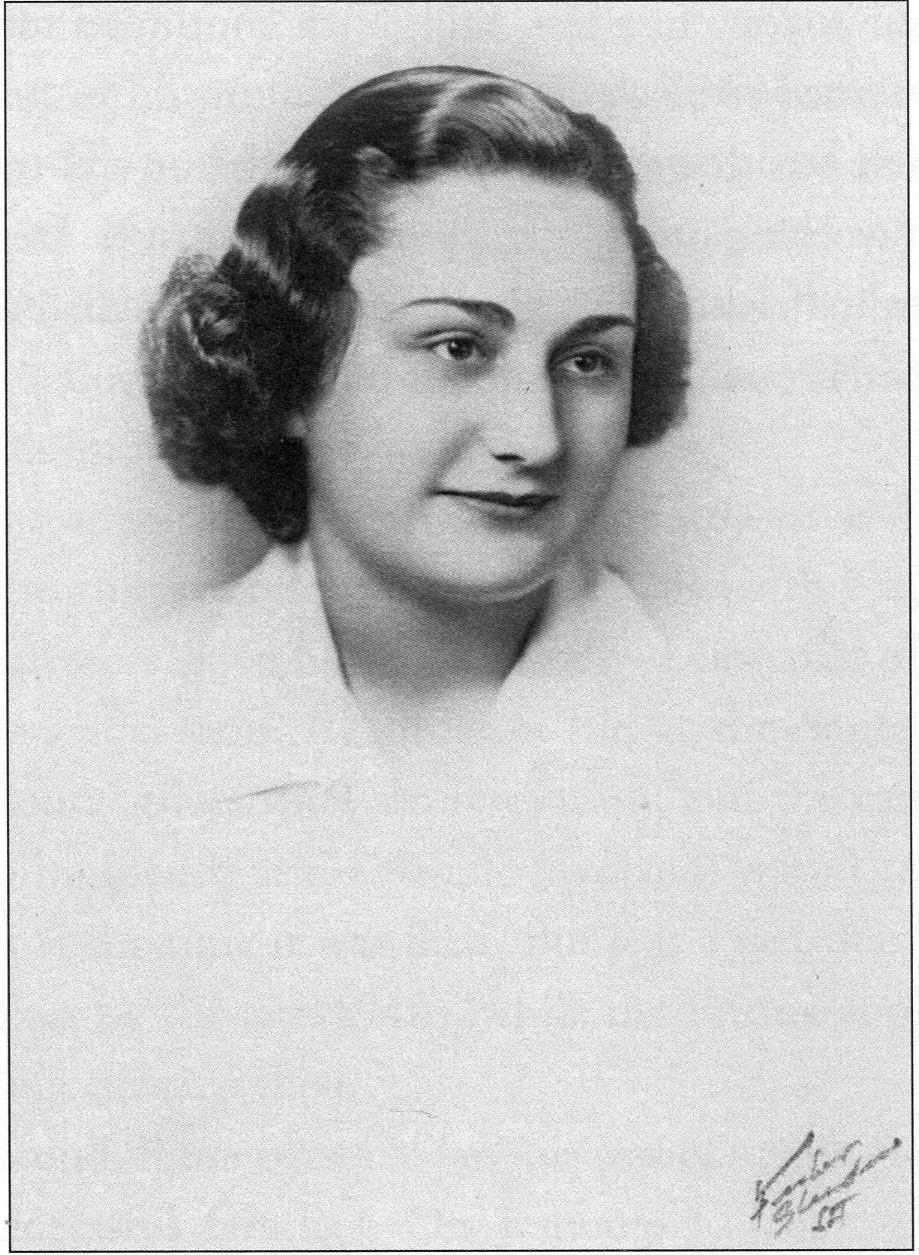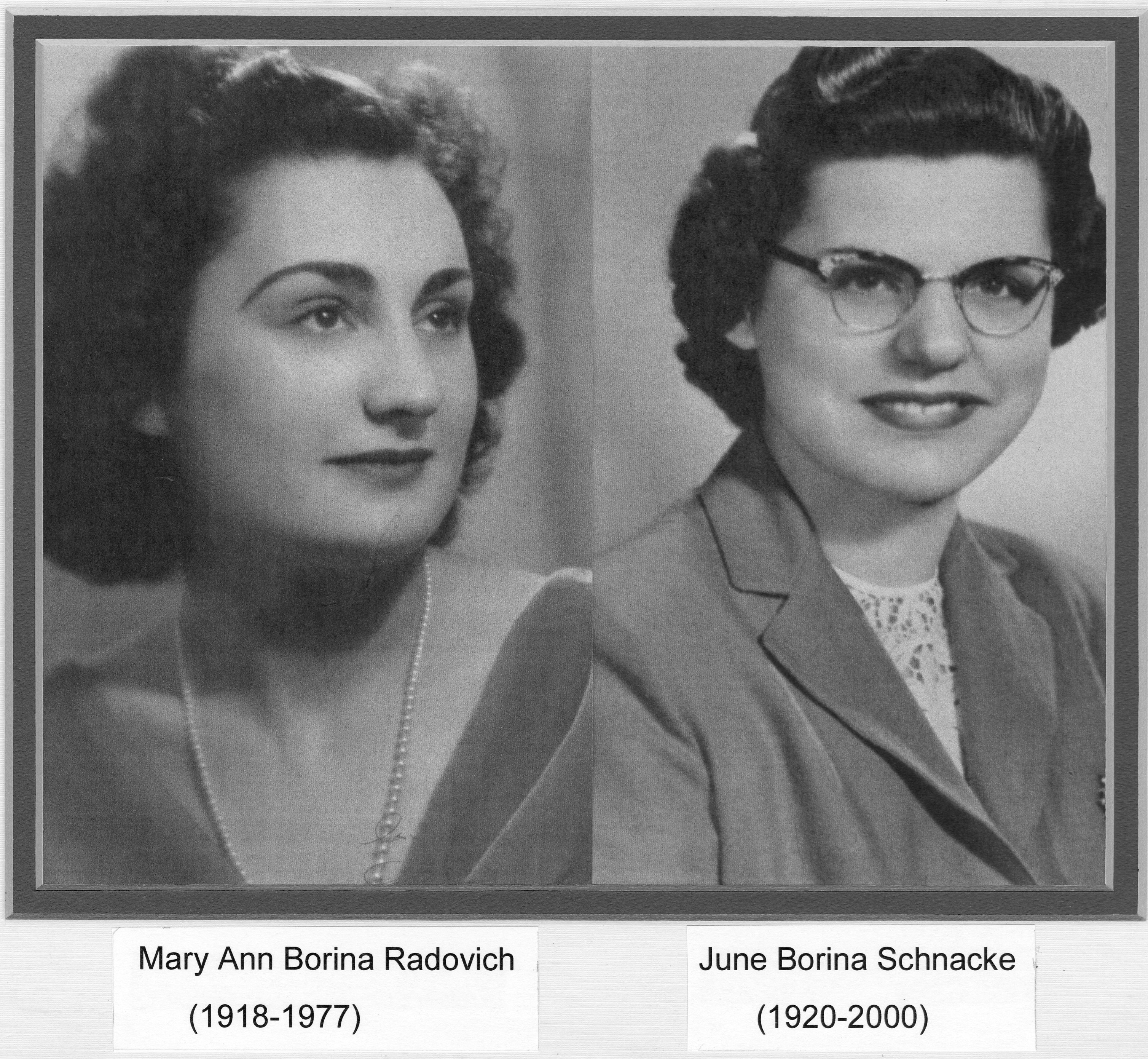
Born in Watsonville in 1918, Mary and her family, like many families in Watsonville, came from regions of Yugoslavia. Slavic families came here because the climate and landscape were similar to their home regions. Immigrating families sent home information about the potential for living here. She remembers her family’s stories about making the long and often lonely journey across Europe, the Atlantic Ocean, and then to California by train. Her family found security in their Watsonville apple farm during the Great Depression. Mary eventually took over her father’s apple business, and she was, for a time, the only woman grower in the area. She witnessed many changes in the apple farming process, including those brought by mechanization, harvesting practices, and the continuing story of immigration to Watsonville. She saw Watsonville as a place where many different ethnic communities would come to farm and, like her family, join a larger community of people with related ethnic backgrounds.
Audio Interview
Regional History Project
(1977/2004)
On the Labor Knowledge of Animals:
“The horses would go through an orchard and duck at the right time, and shift to the side at the right time, and turn in a row at the right time. In fact, I know of times when we couldn’t get somebody to handle our horses, they would just let the horses work by themselves, and the men who were operating the horses would just yell out the orders from time to time.”
On ethnic Communities in the Pajaro Valley:
“Yes, they [the Irish] were here before the Yugoslavians. Well, in fact, just in my lifetime I have seen migrations of different nationalities into this valley. Right now it’s the Mexicans. I would say maybe the Mexicans are here in greater numbers than say, the Portuguese of one generation, the Yugoslavians, the Irish. Of course, I can think in terms of Irish around here because I knew a lot of the families myself. I went to school with a lot of the children of the . . . I didn’t know the grandparents of the children, but I knew the parents of the Irish families. Then that group kind of passed away, not the young ones that is, a lot of them moved away. After that came the Yugoslavians. And then, in fact, right now there are a lot of Portuguese coming in, not as many Mexicans, but many. The Mexicans, and who knows what other groups will be coming in after that. But, as people become assimilated, then you speak less and less of Yugoslavians, Italians, Portuguese, Mexicans, or whatever. It’s only during that period when they’re not assimilated that you kind of put them into certain categories.”
“My mother, I think, was twelve or thirteen when she came. Oh yes, she spoke of life around here. She went to school, I believe, for about a year. It was less than a year. To the Sisters school, but, it just wasn’t the thing to do for them because they were poor. They had to work and my mother said that it was decided as long as she could read and write that was adequate. So they went to work.”
© Regents of the University of California. Courtesy Special Collections, University Library, University of California Santa Cruz. Audio detail from the Regional History Project Collection, Mary Ann Borina Radovich: Croatian Apple Farmer, Watsonville, California, 1918-1977. Retrieved from https://escholarship.org/uc/item/41n8z67.

Courtesy of the Pajaro Valley Historical Association
Mary Ann Borina Radovich
https://www.pajarovalleyhistory.org
Courtesy of the Pajaro Valley Historical Association
Mary Ann Borina Radovich and her sister June Borina Schnacke.
https://www.pajarovalleyhistory.org

The University of California’s Regional History Project documents the stories of Santa Cruzans since 1963. They continue with that work today. These stories not only document unique lives, but also tell a larger story about the life of agricultural and lumber laborers, business women, students, LGBTQIIA, and communities of color in Santa Cruz County. Listen to Santa Cruzans share their experiences in their own words. If you navigate to the MAH Do You Know My Name? virtual exhibit, you can further explore links to their stories and listen to the full interviews through the Regional History Project. © Regents of the University of California. Courtesy Special Collections, University Library, University of California Santa Cruz. Regional History Project Collection. Retrieved from https://library.ucsc.edu/regional-history-project.
© Regents of the University of California. Courtesy Special Collections, University Library, University of California Santa Cruz. Regional History Project Collection. Retrieved from https://library.ucsc.edu/regional-history-project.